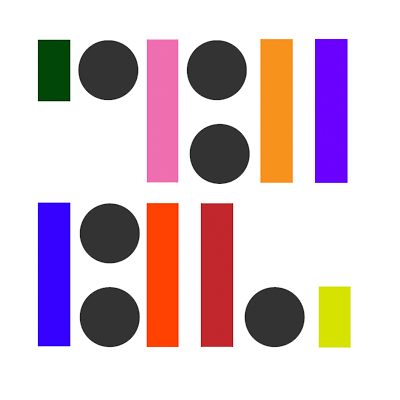getting closer
Our upcoming program Closer, which will be exploring the interconnectivity between humans, nature, and technology, and in particular, virtual reality, begins soon!
Here, our instructors for the course answer brief questions in preparation.
You’ll be joining us for another School of Machines program! Hooray! What will be different between this class and the others?
This class will focus on Virtual Reality and the creative, critical and social experiences that might be possible with it. We are taking an approach to VR that challenges the notion that it is an isolating platform or a mostly individual experience. The way we choose to use a technology, the spaces we create with it, and the stories we tell can change that significantly.
We are taking an approach to VR that challenges the notion that it is an isolating platform or a mostly indivdual experience. The way we choose to use a technology, the spaces we create with it, and the stories we tell can change that significantly.
What is your approach to teaching and why do you think it resonates so well with our participants?
Teaching has always been an essential part of my practice so I am always trying to learn from my students as well. I had many important and supportive mentors along the way and hope to offer the same.
I believe that learning new technologies and particularly coding concepts needs a balance between instruction and practice so my classes always involve introductions coupled with hands-on making. I also try to be attentive that the material is being absorbed by everyone, and if not, find other ways to explain or demonstrate it.
Have you anything to add?
This is my fourth year teaching with the School of MA and each year has been amazing. There are always motivated students, a supportive energy and exciting results. I’m especially excited to be teaching alongside two very respected colleagues : Karolina and Laura!
Karolina Sobecka is an interdisciplinary artist and designer. Her recent projects focus on climate engineering as a way of investigating the values that drive technological innovation, and shape the philosophy that inscribes humans in nature
In the past, you’ve come up with really interesting narratives for your interactive work. Do you have a philosophy about how those two things ideally come together?
We normally think about these as a kind of binary ways of experiencing work - a ‘passive’ mode, in case of narratives or stories, and it’s opposite 'active’ mode, in case of interactive projects. But in a sense we always just construct any kind of meaning from mapping relations between things or by telling a story, and stories are also temporal relations of causes and effects.
Our imagination is always actively creating the story we hear. In the same way we always actively construct situations we’re in.
Narratives and interaction are quite interlinked, and interactive installations are a great format to experiment with how they are co-dependent, and can help us reveal a lot of what we take for granted.
It’s You is an interactive storefront-window projection that explores the mechanisms of public behaviors and social interactions.
So narratives and interaction are quite interlinked, and interactive installations are a great format to experiment with how they are co-dependent, and can help us reveal a lot of what we take for granted.
To me the most interesting part of interactive installations is that they can be experiments with how narratives are constructed, how we understand each other and how any kind of mutual understanding arises from interaction.
We constantly enact relations that define things through interaction. How we understand and imagine those relations influences and how we act on them.
What connections do you see between natural environments, technology and humans? How are these reflected in your approach to teaching?
Today climate change makes it apparent that every human action is entangled with geophysical and ecological processes. Using technology too is always a mode of transforming nature even if it’s in an indirect way.
I’m interested in this relationship, and in particular in the emerging technologies because they are the most noticeable ways of trying to control nature.
They are new, we haven’t naturalized them yet, and so they still appear strange and often violent to us. I think we should be paying attention to those initial 'gut’ feelings. New technologies become usually a subject of controversy for that reason.
Laura JuoHsin Chen is a creative technologist and doodler originally from Taipei, Taiwan. With a background in traditional 3D animation, Laura acquired a Master’s degree at the NYU Interactive Telecommunications Program (ITP) in 2015. She recently completed a Research Residency at ITP, and lives in Brooklyn, NY.
For those who don’t see it as obvious, how do see those two things (VR and interactivity) going hand-in-hand?
For me, VR is a easy way to enhance the sensation, like a sweet hypnotization :) Adding interaction to VR is just so much fun. It is like a catalyst to make the experience more believable, since the audience has the voice in what’s going to happen next.
Everyone has his/her own viewpoint and judgement, so it’s very interesting to see how they can interpret the piece differently.
What is your first inspiration when it comes to art and technology?
I usually taking inspiration from hidden, neglected things in life. I mash up different familiar things to find new perspectives.
Why are you teaching this course for School of Machines, Making, and Make-believe?
Because it is a rare and precious opportunity to work, teach, make stuff with people from different places and backgrounds! And I am excited to see what kind of things will come out of those catalysts.
Closer runs from 3. July - 28. July at School of Machines in Berlin, Germany.
